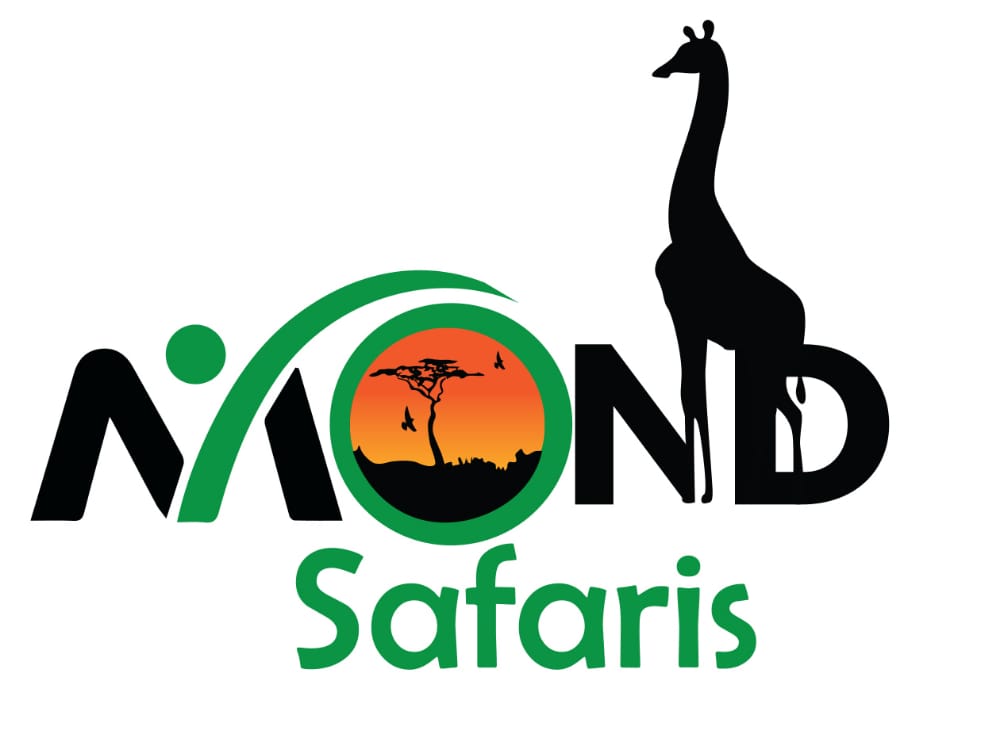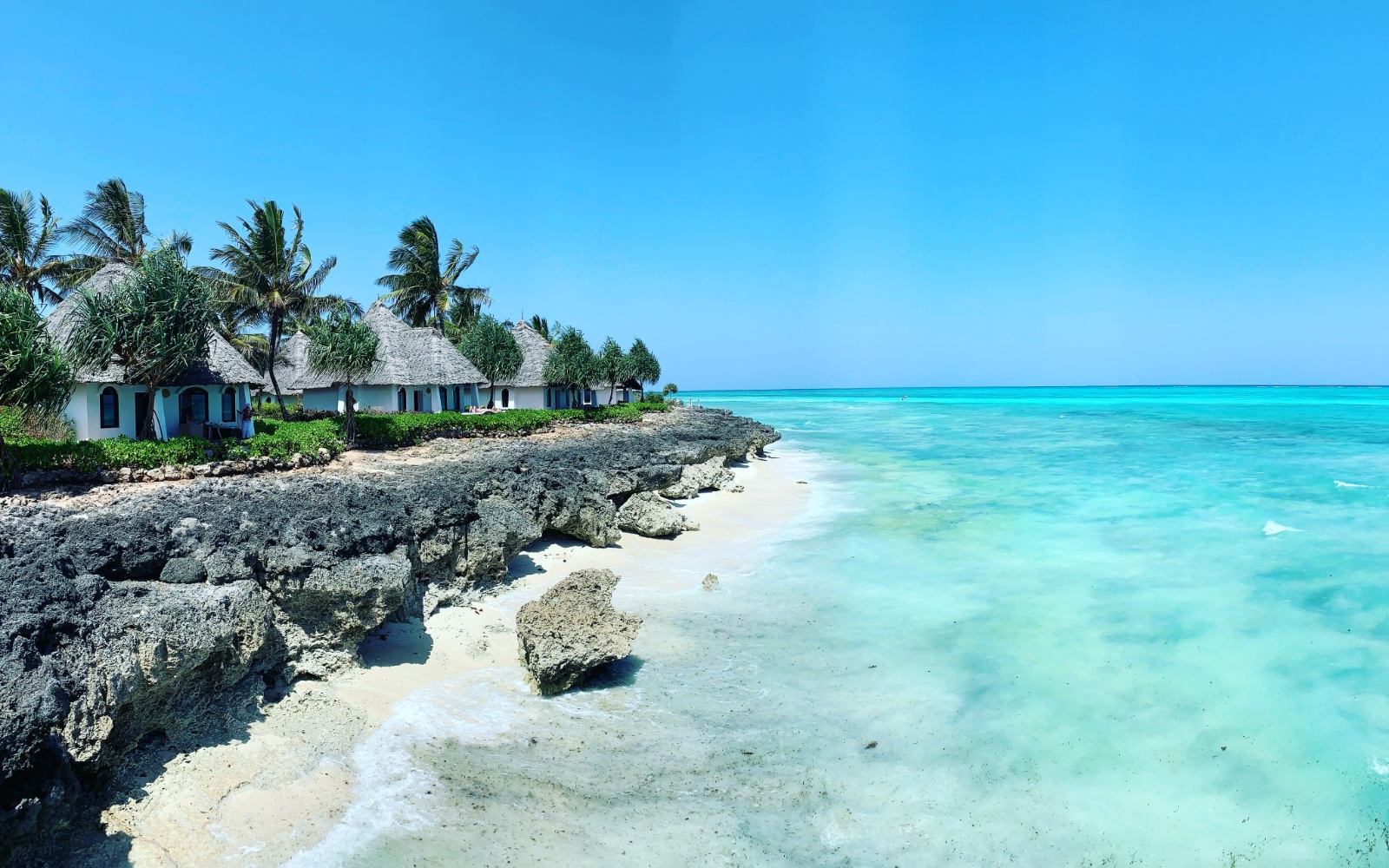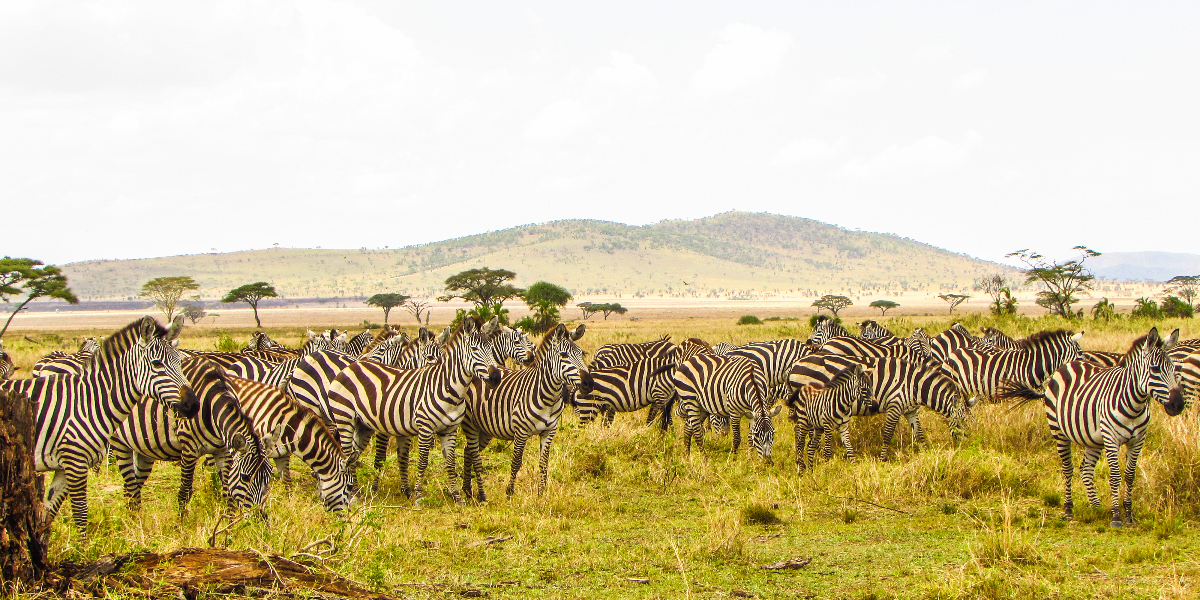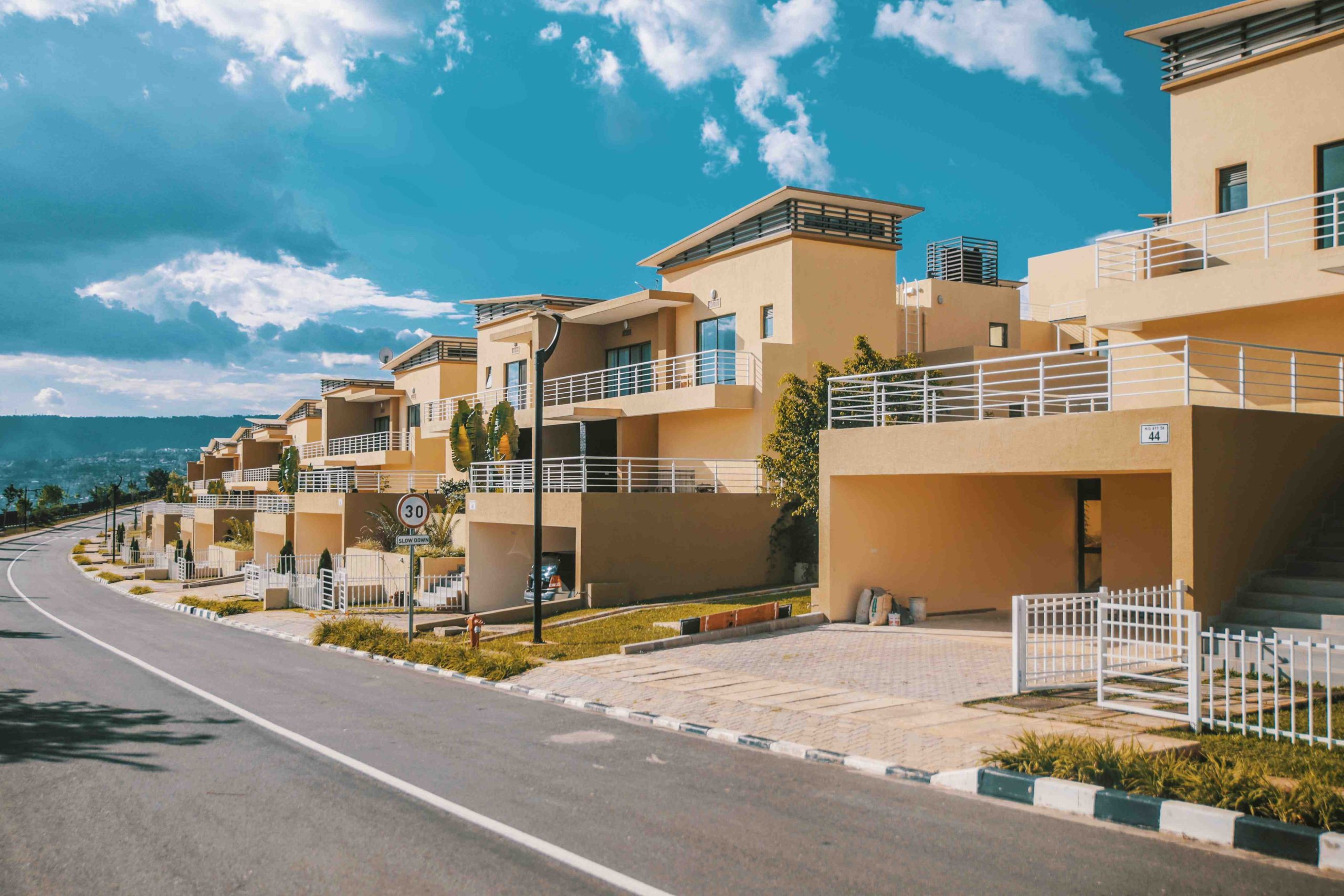Embark on an African adventure like never before as we unveil the top 7 best…
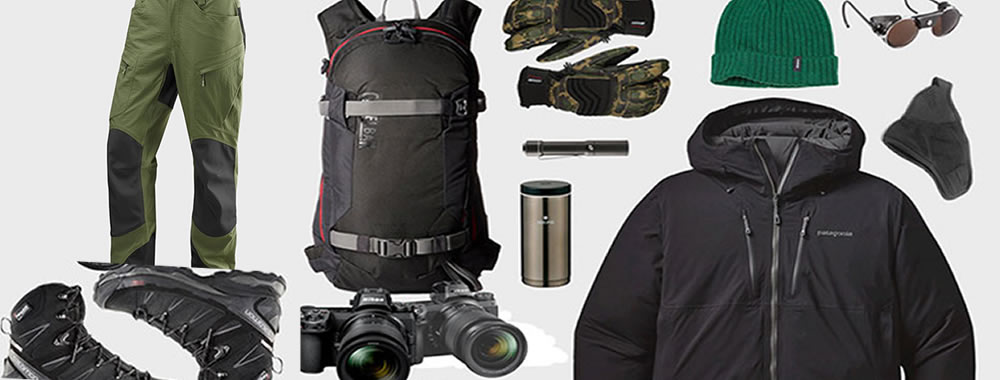
Gorilla trek packing list
Things to think about while preparing the Gorilla Trek packing list

Gorilla trek packing list-Before we dive into what to pack for a gorilla trekking tour in Uganda, let’s first show you a bullet list and then chat about why you would be hiking in the African Jungle in the first place.
List of 10 things to pack for your gorilla trekking trip in Uganda:
1. Pack a decent waterproof jacket
2. Long pants, long sleeved shirt and longer socks
3. A pair of outdoor gloves
4. Trekking boots are your best friend
5. Pack a tin of Insect repellent
6. Waterproof backpack and extra batteries
7. Trekking poles or hiking staffs
“A life-changing experience!” This is what most tourists say after they visit the mountain gorillas in Uganda. We totally agree since we spend many days in a year taking tourists to see gorillas — each day is exciting, and discoveries happen all the time.
It’s exciting, it’s exhilarating, and it’s best to come prepared. So, to keep you comfy throughout your ‘African gorilla jungle’ experience, don’t leave home without packing the following:
The gorilla trekking permit
Because Bwindi and Volcanoes are protected environments, the local governments introduced trekking permits to control tourists flocking the destination. This serves to maintain the natural habitat and avoid the gorillas becoming overexposed to humans and continue funding the gorilla conservation efforts.
This has made the demand for gorilla permits higher than the supply. Tourists are flooding to this part of the continent to get a piece of the action, don’t be the last one.
With just about 19 habituated gorilla groups in Bwindi available for tourism, 8 permits are issued for each gorilla group per day, making it just about 152 permits issued out for Bwindi gorilla trekking per day. Will you get yours when you need it? Luckily enough, our local partners deal with the permits, so you won’t have to.
A Uganda gorilla permit costs US$700 per person since July 2020. It is issued by Uganda Wildlife Authority (UWA) at face value. Your operator can process it on your behalf (some charge a fee of $30), and when you book a gorilla trip, you get the permit processed for free, and you find the original with your tour manager.
So now you have your permit, plane ticket, itinerary sorted, and the jungle excitement building up. What should you pack for your gorilla trekking tour? Let’s see…
What you should pack for a gorilla trekking in Uganda

1. Pack a decent waterproof jacket for your gorilla trip
Toto must have been to Bwindi Impenetrable Forest before they sang, “I bless the rains down in Africa.” In Bwindi, downpours are impromptu and rather unforgiving, so squeeze a lightweight rain jacket in your backpack and avoid the damp. There’s nothing worse than hiking the jungle in wet underwear.
2. Long pants, long-sleeved shirt and longer socks
You want to stay protected, cover as much skin as possible. Yes, folks, the jungle can be so unkind to your body. Get ready to look like a mogul soldier because your guide will insist you tuck your trousers into your socks to avoid red and climbing up your thighs (Elvis has nothing on you when the red ant bites, and you unwittingly dance to shake it off).
Long sleeve shirt will also keep the bugs and thorny branches away from your skin. Please make sure they are light and won’t collect heat inside.
Avoid the camouflage army like coloring or decoration, they’re reserved for the ranges or army, and it’s illegal to wear camouflage in Uganda and Rwanda. Pick up some kaki, green or light colors that won’t excite the animals and blend you in with the natural world.
3. You’ll need a pair of outdoor gloves
The guides will do as much as they can to clear a path, but you’re inevitably going to get your hands dirty and, in doing so, will want to avoid the prickles on your hands. Outdoor gloves will come in handy when you have to clear your path and pack a pair. They’ll also keep you from leaving any dangerous organism on the things you touch during your trek.
4. Trekking boots will keep you dry on the dump jungle floor
You’ll not be able to trek gorillas in just your long tucked trousers, socks, and canvas shoes. The jungle floor is a dump, and there are no designated hiking trails, so you’ll have to put your best foot forward. And your best foot will be thick-soled, waterproof, and with a decent ankle support pair of jungle boot, like Indiana Jones’. Check out a travel store near you and pack a pair for your gorilla tour.
5. Pack a tin of insect repellent
Now that we have you all dressed up, how about keeping the nasty bugs at bay. This when I have to remind you that you’ll be staying in the African Jungle, the metropolis of all kinds of bug species.
And not just any African jungle; it is the tropical rainforest jungle with the highest species of animals, bugs, and all kinds of creepy crawlies on the continent. You’ll want to avoid said creepy crawlies, especially if they cause unnecessary itching.
One-two punch of Deet on exposed skin and permethrin on clothing is the outdoors enthusiast’s best bet to knock out the annoyance and risk of blood-feeding pestilence. In the evenings at the campfire or lounge, when you’re dressed up less, douse yourself in insect repellent and enjoy this once-in-a-lifetime experience scratch-free.
6. Waterproof backpack and extra batteries
We know you’ll be carrying your camera equipment with you to record these once-in-a-lifetime memories for your people back home, right. Then you won’t want them getting wet.
Pack a ziplock waterproof bag or a waterproof backpack to keep your equipment away from rainwater or forest mist. Also, pack extra batteries for your camera and an extra flash drive or memory card. This place is full of too many wonderful memories to store. You’ll be carried away to fill your camera memory. Africa safari photography tips that will come in handy.
Trekking Poles are sold as a pair and used in tandem to enhance your stability and reduce your knees’ force while hiking and backpacking. Most are adjustable in length, and some include internal springs that absorb shock to reduce impact further. On the other hand, the hiking staff, sometimes called a walking staff or travel staff, is a single pole that’s most effective when used on relatively flat terrain and with little or no load on your back. Hiking staffs are adjustable, and some include a shock-absorbing feature. At your gorilla lodge, you may be given a walking stick locally made from timber, but they’re not made to standard and could give you mobility side effects.
You will have a steep downhill; the trekking poles can provide good anchor points to balance against as you hike down. Likewise, if you get to a steep upslope, you can use poles to dig in and pull yourself upon.
If you want to make your hike more of a full-body workout, there’s no denying that moving your arms back and forth will help you expand a little more energy. It’s also nice to get in a rhythm with hiking sticks.
If your hands swell when hiking, using trekking poles will keep the hands closer to the heart’s level, improving blood return to your heart.
Onward,
Alright, folks, that’s just about what you need to pack for your gorilla tour in Uganda’s Bwindi Impenetrable Forest jungles. Just pack light, so you don’t have to worry about keeping your luggage safe and avoid all the consequences of carrying heavy bags. You’ll enjoy being with the gorillas for that one hour with no mind wandering interruptions.
When you’re ready to book your gorilla trekking trip, book with Mond Safaris Uganda for the best gorilla trekking experience.
Happy trekking!

